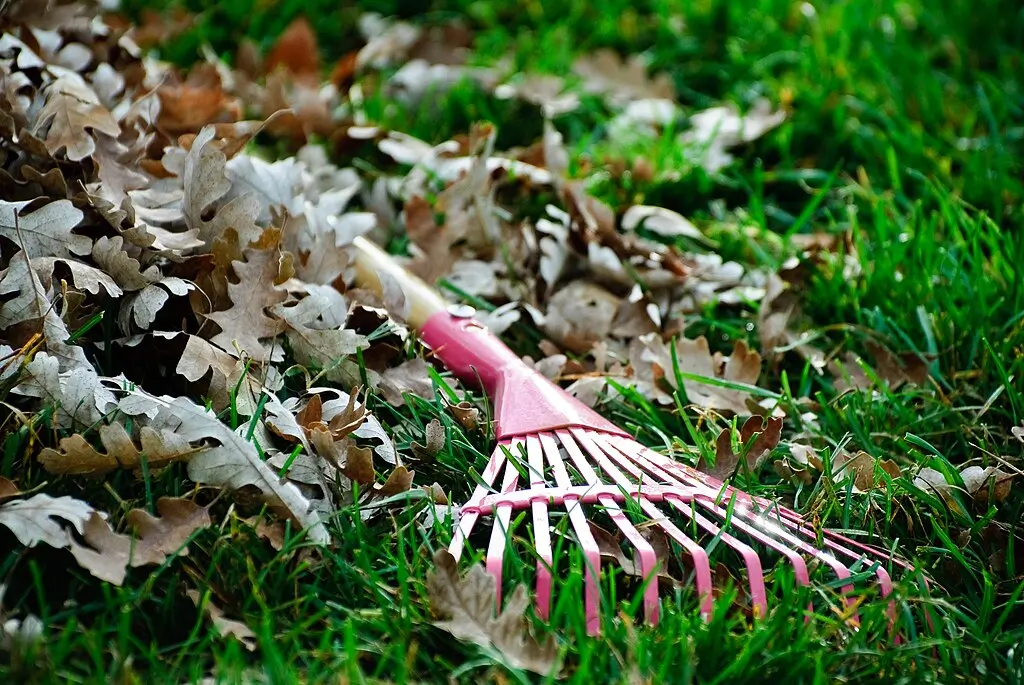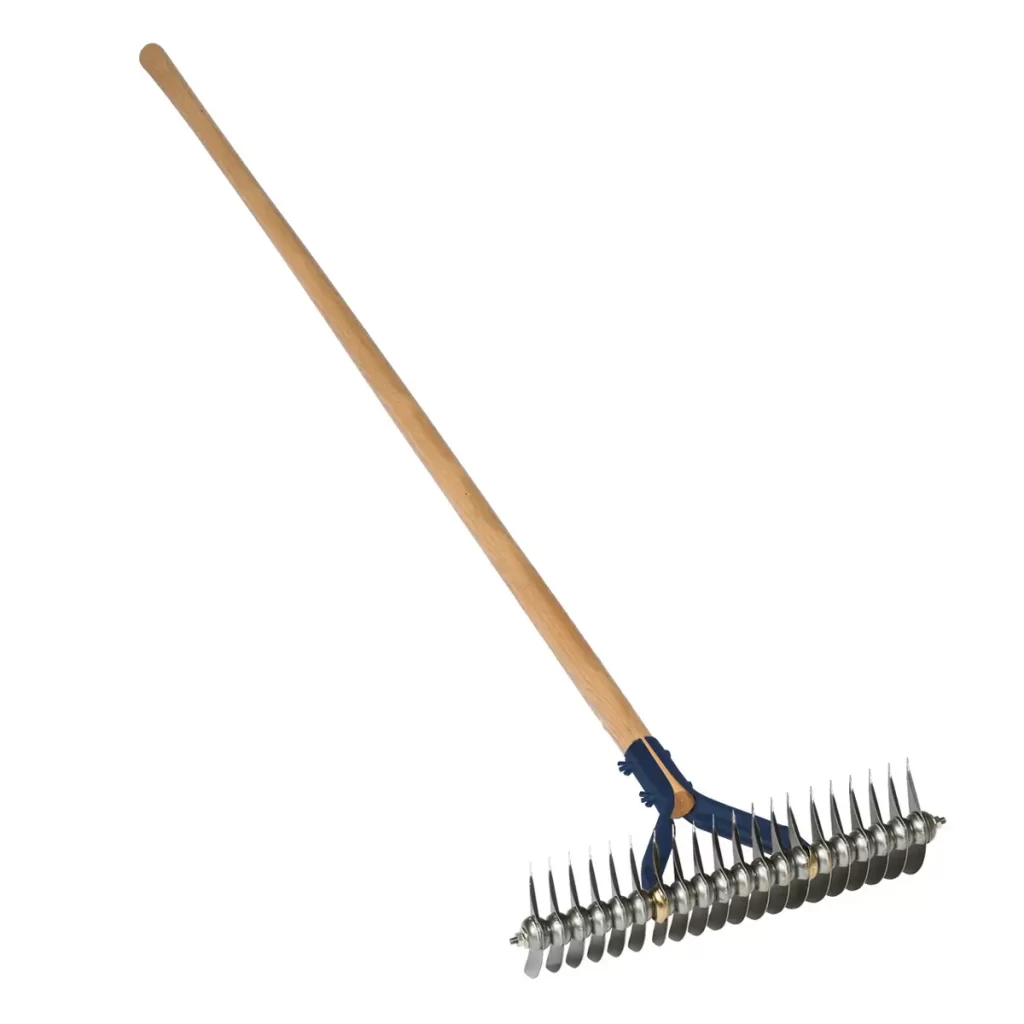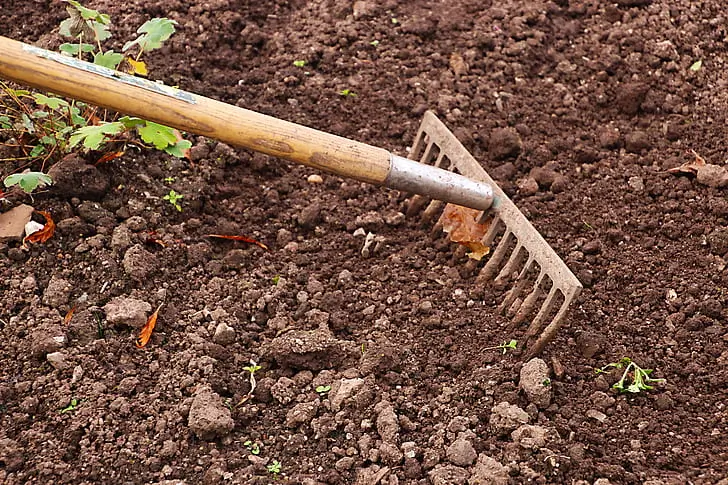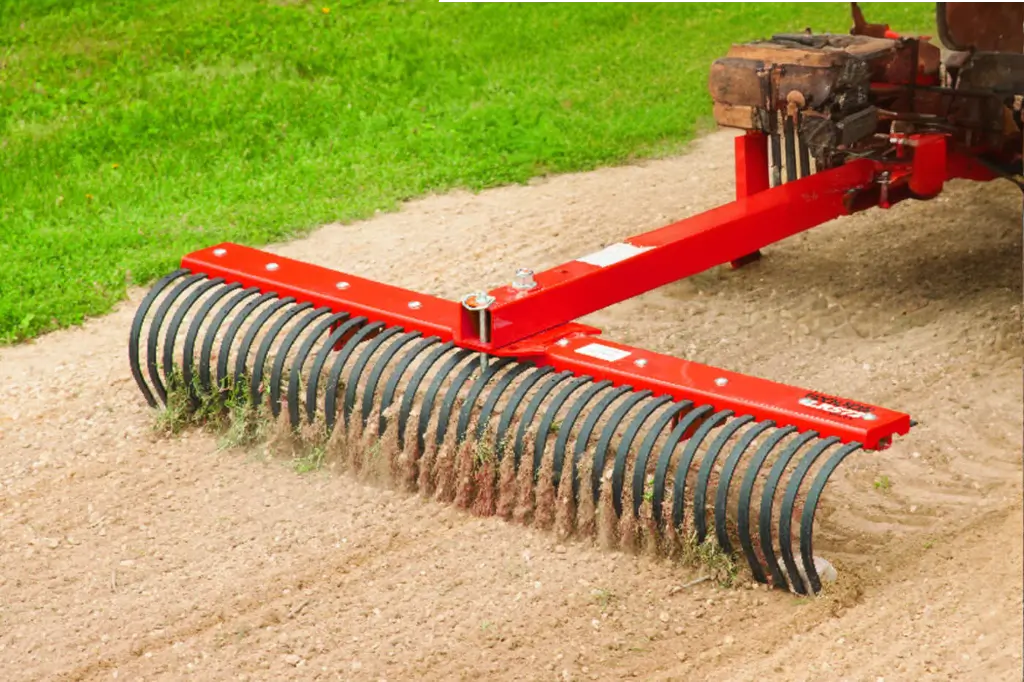How to Use a Rake: Tips and Tricks for Lawn Enthusiasts
The beauty of a well-kept lawn is something every homeowner cherishes. As a proud lawn enthusiast myself, I’ve learned that one of the key tools in maintaining a lush and vibrant yard is the humble rake. In this guide, I’ll share not only the proper techniques but also delve into the different types of rakes and when to use each for optimal results.
Introduction
Maintaining a clean and tidy yard isn’t just about aesthetics; it’s about the health of your grass and the overall well-being of your outdoor space. The rake, often overlooked, plays a pivotal role in achieving this. Join me on this journey as we explore the nuances of raking, from the different types available to the proper techniques that will make your lawn the envy of the neighborhood.
Why Raking Matters
Picture this: a carpet of fallen leaves covering your yard, hindering the growth of your grass. Raking isn’t just a seasonal chore; it’s a crucial step in preventing thatch buildup and promoting a healthy lawn. Let’s delve into why raking matters and how it contributes to the well-being of your outdoor oasis.
Types of Rakes
Leaf Rakes

Leaf rakes, with their fan-like design, are perfect for collecting leaves and light debris. Their lightweight nature makes them ideal for precise work, especially around flower beds and delicate plants.
Thatch Rakes

Thatch rakes, with their sharp tines, are designed to cut through the layer of thatch that can accumulate on your lawn. This promotes better airflow and nutrient absorption for your grass.
Garden Rakes

Garden rakes, with sturdy tines and a compact design, excel in leveling soil, clearing debris, and preparing small garden spaces. Versatile and reliable, they effortlessly tackle light to heavy-duty tasks, making them a must-have for maintaining a healthy and tidy garden.
Landscape Rakes

Landscape rakes, with their sturdy construction and wide head, are excellent for larger areas. They can level soil, spread mulch, and even remove larger debris, making them a versatile tool for lawn enthusiasts.
Choosing the Right Rake for the Job
Selecting the right rake is not a one-size-fits-all endeavor. Consider the size of your yard, the type of debris you’re dealing with, and the terrain. Using the wrong rake can turn a simple task into a time-consuming chore.
Proper Raking Techniques
The Overlapping Sweep
Start with a slight overlap on each pass to ensure no debris is left behind. This technique is efficient for large areas and ensures thorough coverage.
The Pile and Scoop
Gather debris into manageable piles before scooping it up. This technique is especially handy when dealing with a heavy load of leaves or grass clippings.
The Thatch Removal Technique
For thatch removal, use a thatch rake at a slight angle, pulling it towards you. This method effectively lifts the layer of thatch without damaging the healthy grass underneath.
Common Mistakes to Avoid
Raking may seem like a straightforward task, but common mistakes can hinder your efforts. Avoid raking when the ground is too wet, as it can damage the turf. Using excessive force may lead to a sore back and damage to your lawn. Always pay attention to the ergonomics of raking to ensure a comfortable and effective experience.
Best Practices for Leaf Piles
Creating leaf piles efficiently is an art. Start by raking leaves into a central pile, making disposal or use of collected leaves much more manageable. Whether you’re composting or bagging, a well-organized leaf pile streamlines the process.
Maintaining Your Rake
Your rake is only as good as its condition. Clean and store your rake properly to prevent rust and prolong its lifespan. Regular maintenance ensures that your rake is always ready for action when your lawn needs it.
The Battle Against Thatch
Thatch, that dense layer of dead grass and roots, can suffocate your lawn. Regular raking, especially with a thatch rake, is a proactive measure to control thatch buildup. By doing so, you create an environment that fosters healthy grass growth.
Seasonal Raking Tips
Each season brings its own challenges and requirements. In spring, focus on removing winter debris and promoting new growth. Summer may require less frequent raking but remains essential for a tidy appearance. Fall, with its abundance of leaves, demands a more dedicated raking regimen.
Review of Popular Rake Brands
When it comes to choosing the right rake, the brand matters. A brief overview of reputable rake brands, coupled with factors to consider, can guide you in making an informed decision. Invest in quality, and your rake will become a trusted companion in your lawn care journey.
Environmental Considerations
Beyond the immediate benefits to your lawn, consider the environmental impact of your raking habits. Explore eco-friendly alternatives to disposal and be mindful of how your lawn care practices impact the ecosystem.
Personal Recommendations
In my journey as a lawn enthusiast, I’ve had the pleasure of trying various rakes. For smaller yards with delicate features, a leaf rake is indispensable. When tackling larger areas, a landscape rake proves its worth. As for thatch control, a dedicated thatch rake has been a game-changer. Experiment with different types to find what works best for you.
Community Engagement
I invite fellow lawn enthusiasts to share their rake tips and experiences. Building a community around our shared passion for maintaining beautiful lawns enhances our collective knowledge. Let’s learn from each other and make our yards the best they can be.
Conclusion
In conclusion, the rake is not just a tool; it’s a key player in the symphony of lawn care. By understanding the different types of rakes, employing proper techniques, and considering the specific needs of your yard, you can elevate your lawn care game. Regular raking isn’t just a chore; it’s a nurturing gesture for your outdoor haven.
Frequently Asked Questions
Q1. How often should I rake my lawn?
The frequency of raking depends on the season and the amount of debris in your yard. In general, a thorough raking once a week is a good starting point.
Q2. Can I use a leaf blower instead of a rake?
While leaf blowers can be effective, rakes offer a more hands-on approach, allowing you to inspect your lawn as you work. Additionally, raking is quieter and more environmentally friendly.
Q3. What should I do with the leaves after raking them?
Consider composting the leaves or using them as mulch in your garden. Alternatively, many municipalities offer curbside leaf collection or provide designated drop-off locations.
Q4. Is it necessary to rake in the winter?
In colder climates, raking in late fall to remove leaves is crucial. However, in winter, light raking can help prevent snow mold and other issues.
Q5. How can I prevent blisters while raking?
To prevent blisters, wear gloves and take breaks when needed. Additionally, choosing a rake with an ergonomic design can reduce strain on your hands and wrists.
Summary
Unlock the secrets of effective lawn care with ‘How to Use a Rake: Tips and Tricks for Lawn Enthusiasts.’ This insightful guide dives into the nuances of raking, from the diverse types of rakes, including leaf, thatch, and landscape rakes, to the proper techniques and common pitfalls. It emphasizes the vital role raking plays in maintaining both the aesthetic appeal and health of your lawn. Personal recommendations and a call for community engagement add an authentic touch, turning the seemingly mundane task of raking into a shared passion among lawn enthusiasts. Discover the art of using a rake and elevate your lawn care game for a healthier and more beautiful outdoor space. Happy Raking



